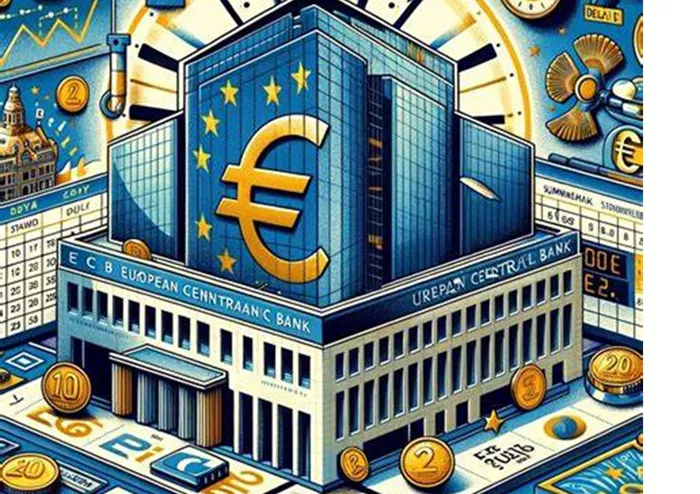Monetary Easing Buys Time But Can’t Solve Eurozone’s Fundamental Issues
FRANKFURT – The European Central Bank’s recent 25 basis point rate cut, while providing short-term relief, underscores the deepening dilemma facing Eurozone policymakers as they navigate between cyclical weakness and structural stagnation. The decision lowers the deposit rate to 2.00% and comes despite inflation briefly dipping below the 2% target in May.
The Policy Calculus
| Supporting Factors | Containing Risks |
|---|---|
| Inflation at 1.9% (May 2025) | Core inflation remains sticky at 2.8% |
| Energy price stabilization | Potential wage-price spiral |
| Fiscal stimulus complementarity | Debt sustainability concerns |
Diverging Economic Realities
The Eurozone’s fragmentation is evident across three dimensions:
- Growth: Germany’s projected 0.2% contraction vs. Spain’s 1.1% expansion
- Markets: DAX’s 22% surge contrasting with flat corporate investment
- Policy: ECB-Fed 200+ bps rate gap driving EUR volatility
Structural Impediments
President Lagarde’s “data-dependent” stance masks deeper challenges:
- U.S. steel tariffs (now 50%) eroding export competitiveness
- Incomplete banking/capital markets union limiting transmission
- Digital euro rollout delayed to 2027 at earliest
Forward Risks
Scenario analysis suggests:
- Base case (40%): Mild recovery with 1.2% 2026 growth
- Downside (35%): Stagflation resurgence
- Upside (25%): US-EU trade détente
“This cut is aspirin for cancer,” remarked ING’s chief Eurozone economist. “Without coordinated fiscal reform and productivity measures, the monetary policy toolkit is nearly exhausted.”
The ECB’s balancing act grows ever more precarious – sustaining liquidity while preventing asset bubbles, supporting weak members without enabling fiscal profligacy, and maintaining credibility amid unprecedented political pressures. How this chapter concludes may redefine European economic governance for a generation.
Related topics:

